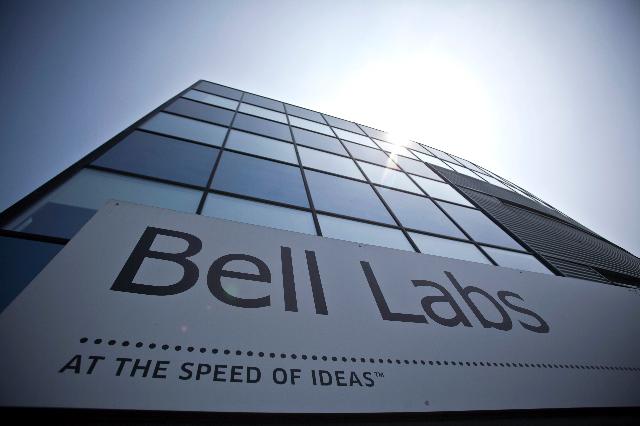Terabit internet networks have long been a dream of tech researchers, and it looks like two independent groups have achieved blistering speeds over 1,000 times what Google Fiber offers as its maximum limit.
According to ZDNet, a 1Tbps (Terabytes per second) connection will allow you to download the entire (yes, entire) Game of Thrones series in HD in 1 second flat! How’s that for fast? The connection, according to Nokia Bell Labs, has been tested in “real-world conditions” by Deutsche Telekom T-Labs between cities in Germany and has achieved speeds of 0.8 Tbps and 1Tbps on the test runs. Also partnering in this research is the Technical University of Munich.
What is it and how does it work?
Will this be available for consumers? We don’t know. What we do know is that this was designed for network cores that telecomm companies use to provide internet access to consumers. Right now average speeds on core networks are in the range of 40 Gbps to 100 Gbps, but with video streaming on the rise, there is a growing need for faster core network speeds.
The technology that is utilized to achieve these speeds is called Probabilistic Constellation Shaping (PCS), which essentially controls how the signal is modulated through the fiber networks that will carry it.
Nokia explains: “PCS modifies the probability with which constellation points, the alphabet of the transmission, are used. Traditionally, all constellation points are used with the same frequency. PCS cleverly uses constellation points with high amplitude less frequently than those with lesser amplitude to transmit signals that, on average, are more resilient to noise and other impairments. This allows the transmission rate to be tailored to ideally fit the transmission channel, delivering up to 30 percent greater reach.”
That might not make sense to a lay person with no knowledge of how fiber connectivity works, but imagine water flowing through a brand new, clean, sealed garden hose versus a hose that is clogged with dirt or grime, or a leaky one with lots of holes, and you’ll get the general idea.
Other research work on Terabit network technology
Yet another group to bring terabit networks into the realm of reality is University College London, which has developed a way to transmit signals at a mind-numbing 1.125 Tbps. In the United States, the California Institute of Technology (CalTech) is using lasers to speed up internet backbone connectivity by up to 4 times.
As for Nokia’s method, the core networks or backhaul networks that provide internet connectivity to fiber optic networks to the premises, also called fiber-to-the-premises, are able to utilize this technology, but still doesn’t support wireless networks as of now.
Google Fiber, on the other hand, is testing wireless technology for last-mile delivery of its 1Gbps connections. However, it might be two years or more before consumers can enjoy a wireless connection of that speed because Google has only recently received permission to test this tech.
For the average consumer, however, average connectivity speeds in the United States continue to be well below 20 Mbps. Fortunately, even high-definition video streaming requires no more than 5 Mbps for a buffer-free experience. But as rich media content continues to grow our need for speed will grow along with it. Multiple downloads, multi-device streaming, large files, higher resolution videos and other factors are driving this need.
It would be truly awesome to boast of a 1 Tbps connection but, at this point in our internet usage evolution, is it really necessary? That day will come, when we start streaming holographic games, or virtual reality and artificial intelligence applications through the internet. For now, most of us have access to speeds in excess of 25 Mbps, which is sufficient for all but the most avid downloaders and streamers.
Thanks for reading our work! If you’re reading this on Apple News, please favorite the 1RedDrop channel (next to our logo) to add us to your news feed, or Like our page on Facebook. Please bookmark our site for more insightful articles on current and future technologies that are changing our lives.



